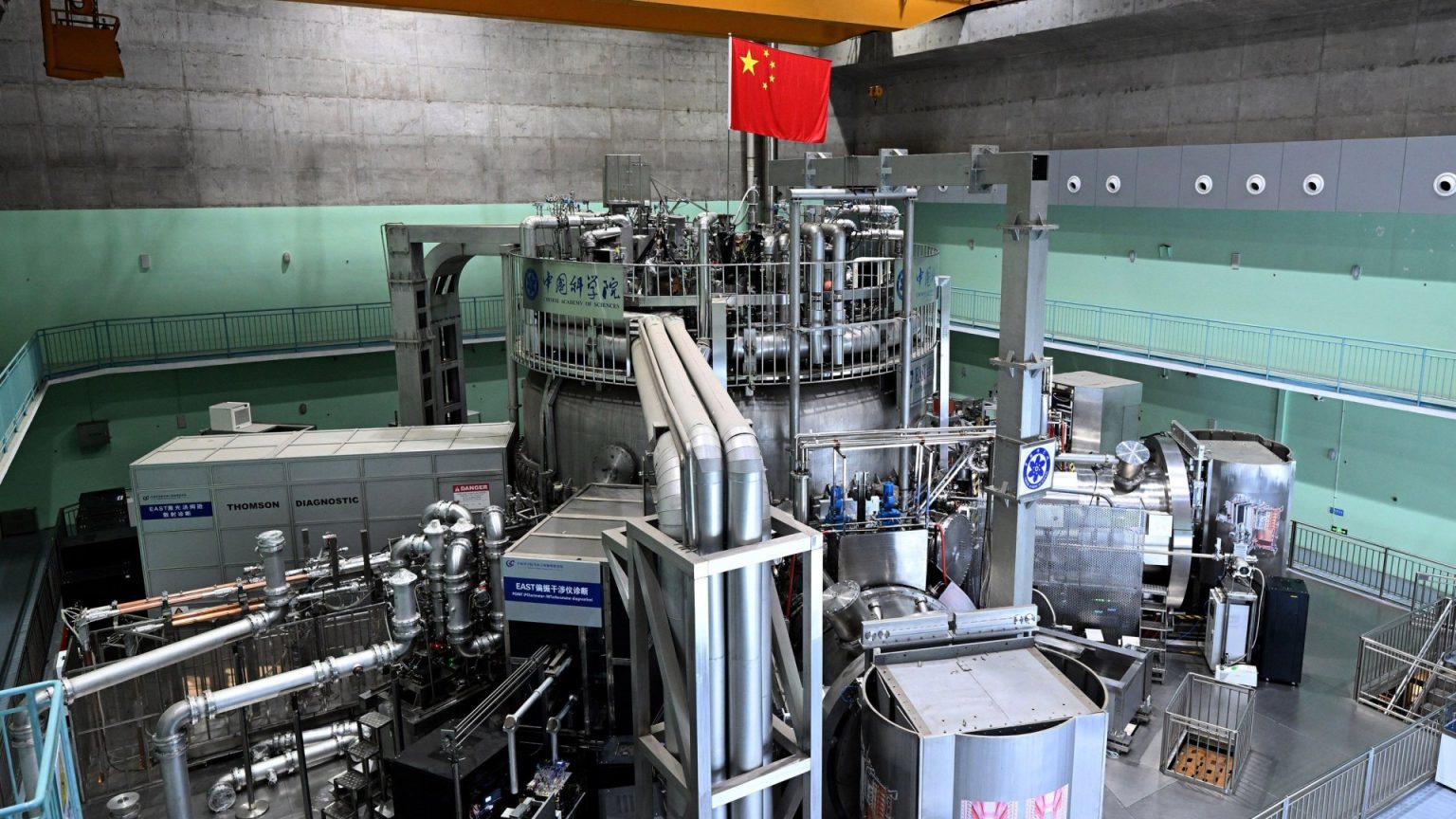Nuclear fusion, often dubbed the “artificial sun,” promises a revolutionary clean energy source by replicating the sun’s energy-generating processes. Scientists at the Experimental Advanced Superconducting Tokamak (EAST) facility in China have made a significant stride towards this goal, achieving a world record by sustaining a plasma temperature exceeding 100 million degrees Celsius for 1,066 seconds. This surpasses the sun’s core temperature of approximately 15 million degrees Celsius, a necessary condition for achieving viable nuclear fusion on Earth due to our planet’s energy demands. This achievement marks a crucial step towards continuous energy generation from fusion reactors, as highlighted by EAST’s director Song Yuntao. The ability to maintain such extreme temperatures for extended periods is essential for future fusion power plants.
The EAST experiment employs a tokamak reactor, a device designed to confine and heat plasma – a superheated state of matter where electrons are stripped from atoms, forming ions. By using hydrogen and deuterium gases as fuel, the EAST reactor mimics the fusion reactions that power the sun, where lighter atomic nuclei combine to form heavier ones, releasing enormous amounts of energy. This process contrasts sharply with nuclear fission, the current basis of nuclear power, which splits heavier atoms into lighter ones, producing radioactive waste. Fusion, on the other hand, offers the potential for clean, sustainable energy generation with minimal environmental impact.
However, harnessing the immense power of nuclear fusion presents significant technical challenges. Maintaining a stable plasma at such extreme temperatures requires highly sophisticated engineering and control systems. The reactor walls must withstand intense heat and radiation, demanding the development of advanced materials. Professor Zhou Haishan of Hefei Institutes of Physical Science emphasizes the difficulty of creating materials resilient enough to withstand the harsh conditions within a fusion reactor. Testing these materials requires specialized simulation environments that can replicate the intense conditions of the reactor.
The recent breakthrough at EAST, extending the plasma burn time to nearly seven minutes, shatters the previous record of 403 seconds. This achievement demonstrates significant progress in overcoming the technical hurdles associated with sustained fusion reactions. China National Nuclear Corporation (CNNC), leading the project, has ambitious goals for the development of fusion power. Their roadmap aims for an industrial prototype fusion reactor by 2035 and large-scale commercial deployment by 2050.
The pursuit of nuclear fusion is driven by the potential for a virtually limitless and environmentally friendly energy source. Unlike fossil fuels, fusion does not produce greenhouse gases that contribute to climate change. Furthermore, fusion reactors generate minimal long-lived radioactive waste compared to fission reactors, addressing concerns about nuclear waste disposal. The successful development of fusion power could revolutionize energy production and contribute significantly to global energy security.
The EAST experiment and its recent achievements represent a crucial step towards realizing the dream of clean, limitless energy from nuclear fusion. While significant challenges remain, the progress made by Chinese scientists demonstrates the potential of this technology. The continued development and refinement of fusion reactors, along with advances in material science and plasma control, will pave the way for a future powered by the “artificial sun.” The successful commercialization of fusion power would mark a paradigm shift in energy production, offering a sustainable solution to the world’s growing energy needs.




